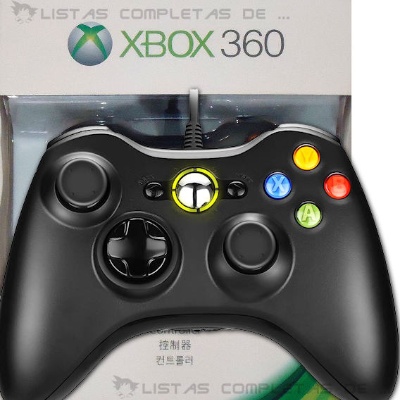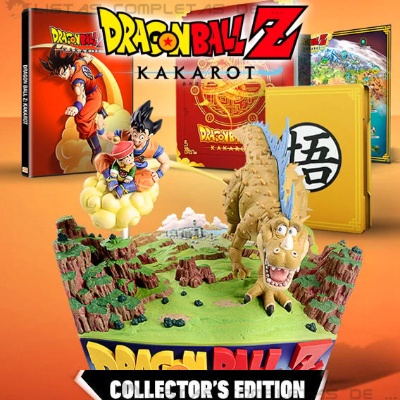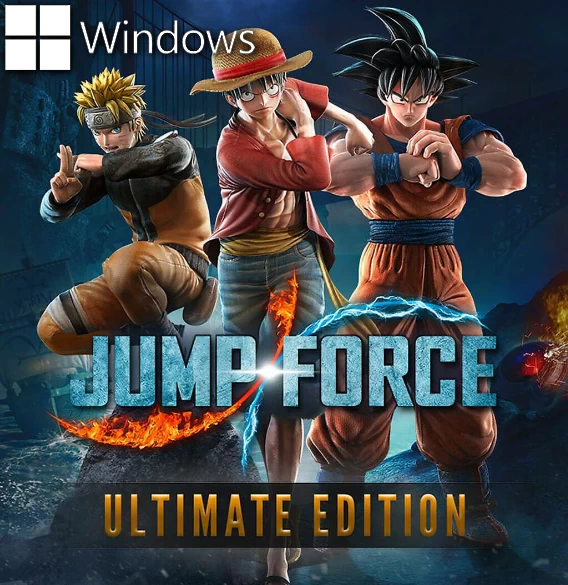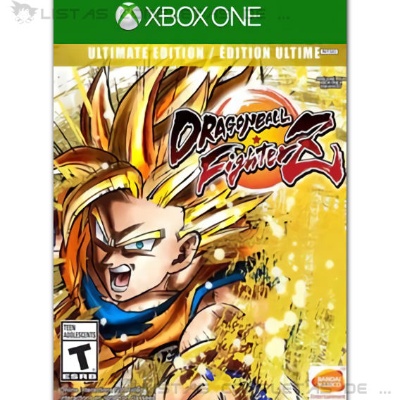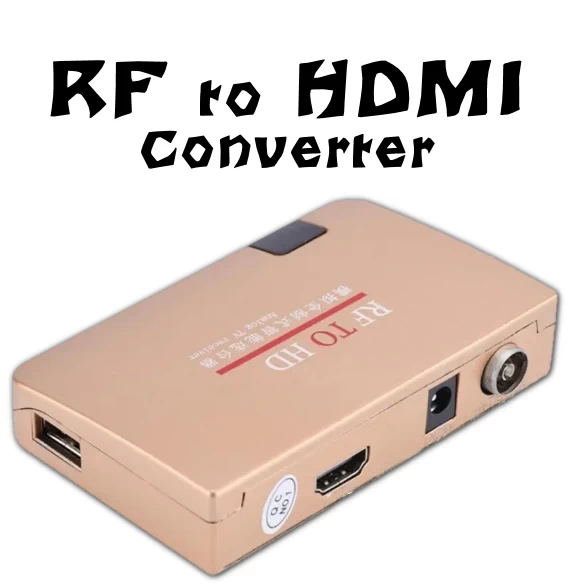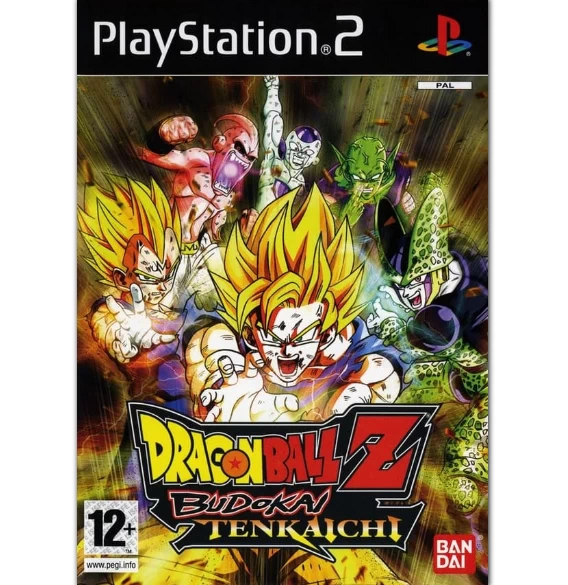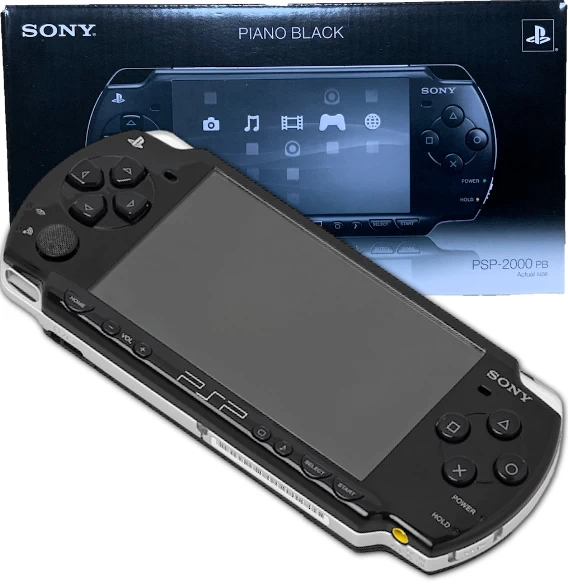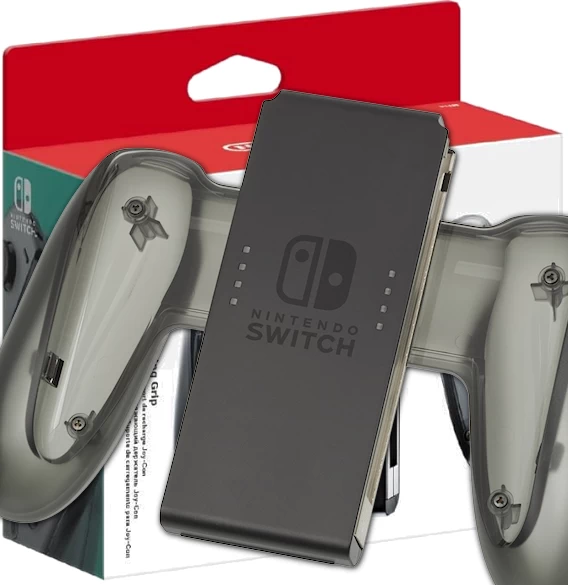All Dragon Ball video games for the Xbox 360
The Xbox 360 console and the complete list of the 8 Dragon Ball games released for it
Up to eight DB and DBZ games were available on Microsoft’s second console; discover here which ones they were.
The Xbox 360 is Microsoft’s second console, released for the seventh generation in 2005, with improved graphics and a much stronger focus on online play, becoming the console that consolidated the brand.
Dragon Ball and its games made a significant impact on this console, with a total of 8 titles released, including one exclusive, DBZ for Kinect, as well as Xenoverse 1 and the Raging Blast series, among others.
Discover here all these games, their DLCs, as well as all the Xbox 360 versions that were released and some of their accessories.
Dragon Ball and DBZ games released for the Xbox 360
The complete list of Dragon Ball and Dragon Ball Z games released for the Xbox 360 includes a total of eight titles, including one Xbox 360-exclusive designed to be used with Kinect.
Among these 8 games, there are multiple genres, but almost all involve fighting.
Many of these games had limited or collector’s editions, as well as enhanced editions that include extra DLCs. Additionally, the game Dragon Ball Z: Sagas for the original Xbox is backward compatible with the Xbox 360.
All Season Pass, DLCs or expansions for your Dragon Ball games released on XBOX 360.
Find here all the DLCs and Season Passes released for Dragon Ball games on XBOX 360. Take advantage and use the filter to view only the DLCs or expansions for the specific game.
The different versions and models of the Xbox 360 console
To enjoy Dragon Ball games on the Xbox 360, the first thing you need is an Xbox 360, and it’s important to know which version of the console you have or want to use. Each model had differences in storage, accessories, or features like Kinect, which could affect how some titles were experienced.
Below is a list of all the Xbox 360 models released, from the basic to the latest, with their main features and differences, so you can see which one suits you best if you want to relive the adventures of Goku, Vegeta, and the rest of the characters on this console.
XBOX 360 accessories and peripherals to play Dragon Ball
You may already have at home a console from when you were younger, or you may have inherited it from a friend or family member, or perhaps you bought it second-hand, but… you’re still missing some accessory or peripheral to be able to play with it, like an adapter or a controller…
So here’s a list of the things you might need to play your almost retro console.
-
AV to HDMI - Video Output Converter
Peripheral/AccessoryPlatform(s):Nintendo GamecubeNintendo Entertaiment System (NES) / FamicomPlayStation (PSX)PlayStation 2 (PS2)Super Nintendo (SNES) / Super FamicomNintendo WiiXbox (Clásica)Xbox 360More InformationAV to HDMI - Video Output Converter
With this accessory, you can convert the AV output of your console to HDMI for modern TVs.
More complete lists of Dragon Ball games and video games.
We also have more complete lists of Dragon Ball games and video games cataloged by their gaming platform, including Board Games, PlayStation, Nintendo NES, etc.
Here are some of the Dragon Ball games and video games we have for you:
Discover some of the Dragon Ball games, video games, consoles, and collectible accessories. From the iconic NES and GameBoy to the latest PC, PS5, and X-BOX titles, as well as the timeless board games.
Dragon Ball Z: Kakarot - Collector’s Edition
Dragon Ball Z: Kakarot - Collector’s Edition
Dragon Ball Z: Kakarot – Collector’s Edition was released on the same day as the base game, but only for those who had pre-ordered it. This was the most complete edition available at launch, as it included the base game, all content from the Deluxe and Ultimate Editions, and exclusive physical content: access to the first Season Pass with two extra episodes based on Dragon Ball Z: Battle of Gods, permanent cooking item upgrades, the Additional Music Pack with 11 anime songs, and an exclusive travel item to move around the map during exploration and missions: Tao Pai Pai’s Pillar.
As additional physical content, it included a Dragon World map, a decorative steelbook case, an art book, and a diorama figure featuring Gohan, Goku, and the Dinosaur.
Jump Force - Ultimate Edition
Jump Force - Ultimate Edition
Jump Force – Ultimate Edition is the most complete edition released at launch. This edition includes everything in the Deluxe Edition, which is content from the first Season Pass of the game, giving us the base fighting game plus access to 9 extra playable characters with early access.
The new characters are: Asta, Boa Hancock, Broly, Gogeta, Jiren, Naruto Uzumaki (Sage Mode), Sabo, Shoto Todoroki, and Super Saiyan God Goku.
Additionally, as exclusive content of this Ultimate Edition, it includes cosmetic content and other items to use in the game.
PlayStation (SCHP-5500/SCHP-5501/SCHP-5502/5552) | NTSC-J · NTSC-U/C · PAL
PlayStation (SCHP-5500/SCHP-5501/SCHP-5502/5552) | NTSC-J · NTSC-U/C · PAL
The PlayStation models SCPH-5500, SCPH-5501, and SCPH-5502/5552 were the second revisions or models released by Sony for the PS1 in 1996, aimed at fixing issues from the SCPH-300X series.
These models belong to the SCPH-550X series, with the 5500 being NTSC-J, the 5501 being NTSC-U/C, and the 5502 and 5552 being PAL.
These models were the first to remove the video ports S-Video and RFU. However, they still kept the extra ‘serial’ port.
These models corrected one of the biggest issues of previous revisions: the disc drive’s location was changed, since before it was placed too close to the power supply, causing it to overheat and fail after extended use. In addition, the disc drive itself was improved, and the internal wiring of the console was simplified due to the removal of connectors.
The SCPH-550X series (its 4 models) includes 1 controller, 1 memory card, a parallel port, SGRAM for the GPU, and the internal power supply, along with the new PU-18 board, which was more efficient and replaced the PU-8.
Game Boy Micro
Game Boy Micro
The Game Boy Micro is the smallest and sleekest handheld in the series, featuring a bright, sharp screen. Perfect for gamers who want a retro gaming experience in an ultra-compact and portable design.
Dragon Ball FighterZ - Ultimate Edition
Dragon Ball FighterZ - Ultimate Edition
Dragon Ball FighterZ – Ultimate Edition it was the most complete edition available at launch. It included everything from the FighterZ Edition, such as the game’s first Season Pass, called FighterZ Pass 1, which adds 8 new playable characters. Among them are Cooler, Bardock, Broly, Vegito Blue, and more.
Additionally, as exclusive content for this edition, it included the Anime Music Pack and the Commentator Voice Pack, along with in-game cosmetics.
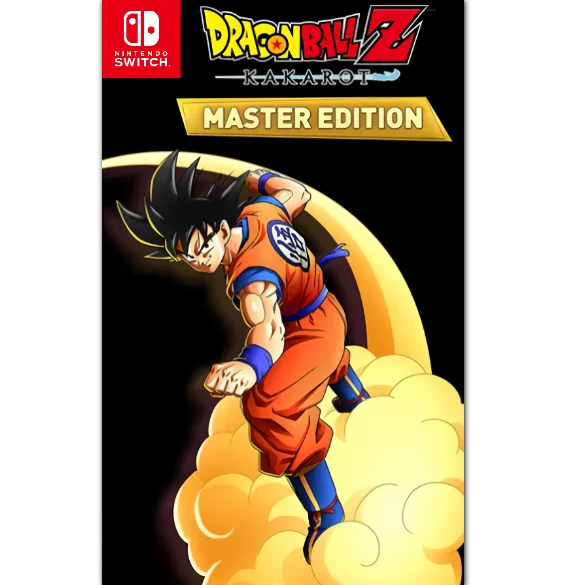
Dragon Ball Z: Kakarot - Master Edition
Dragon Ball Z: Kakarot - Master Edition
Dragon Ball Z: Kakarot – Legendary Edition was released four years after the original edition.
By the time of its release, the first and second Season Passes had concluded, and the third was just beginning.
At launch, it became the most complete edition available, as it included the base game and access to all 3 Season Passes, featuring everything from A New Power Awakens Set, Trunks – The Warrior of Hope, Goku’s Next Journey, and DAIMA: Adventure Through The Demon Realm.
It also includes permanent upgrades for cooking items and an exclusive item to move around the map while exploring or doing quests: Tao Pai Pai’s Pillar.
However, this edition can only be purchased through the Nintendo Shop on the Switch.
Wii Family Edition | RVL-101
Wii Family Edition | RVL-101
The Wii Family Edition or RVL-101 was a redesign released 5 years after the original Wii, notable because this model is meant to be used exclusively in a horizontal position (the original one can be placed both vertically and horizontally).
In addition to the position change, we can notice that the console’s logo is now oriented to be read horizontally.
The most detrimental change compared to the original is that it is no longer backward compatible with GameCube games and peripherals.
Otherwise, it remains the same as the original console, with some improvements and bug fixes, but with fewer features.
This edition was only sold in Western markets and was never released in Japan.
The console has region locks, and games from different regions are not compatible. There are methods using discs to bypass this lock, or console modifications that allow you to play your games for collecting purposes. This information is for informational purposes only, not for piracy.
Dragon Ball Z: Budokai Tenkaichi (DBZ: Sparking!)
Dragon Ball Z: Budokai Tenkaichi (DBZ: Sparking!)
Dragon Ball Z: Budokai Tenkaichi, or DBZ: Sparking!, is the 5º Dragon Ball game released for the PS2 in 2005. This game was released exclusively for PlayStation.
In Europe and America, the game was known as Budokai Tenkaichi, but in Japan it was called Sparking!. The name change for the western market was a marketing strategy to make players associate it with the Budokai saga, even though they are unrelated. That is why in Japan the names are completely different. This naming strategy was dropped starting with the fourth entry: Sparking! Zero.
It is a 3D fighting game with 2-player multiplayer. The stages are semi-destructible, as are the characters’ clothes.
It features more than 50 playable characters, with unique transformations and forms usable in combat.
Its Story Mode covers all of DBZ, the 90’s movies, DBGT, and in almost every storyline you can activate a What if... to explore alternate endings and stories beyond the canon.
PSP-2000 (Play Station Portable)
PSP-2000 (Play Station Portable)
The PSP-2000 (PlayStation Portable), also known in some regions as "PSP Slim & Lite", is the second version of the PSP. It is slimmer than the previous one, features a video output, improvements to the screen and RAM, and some bug fixes.



